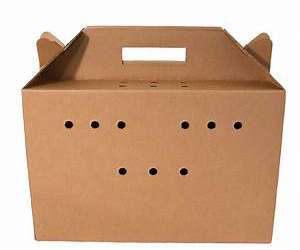How To (And Not To) Transport Wild Birds
10,000 Birds
APRIL 18, 2021
I am so happy to be back on 10,000 birds – I have missed Mike and Corey and my fellow Beat Writers! Normally I rant about environmental dangers and describe heartwarming/mind-boggling/headscratching wild bird rescues. However… Tracy starts us off. . “But one woman brought a bat she had been taking care of for a few days.











Let's personalize your content